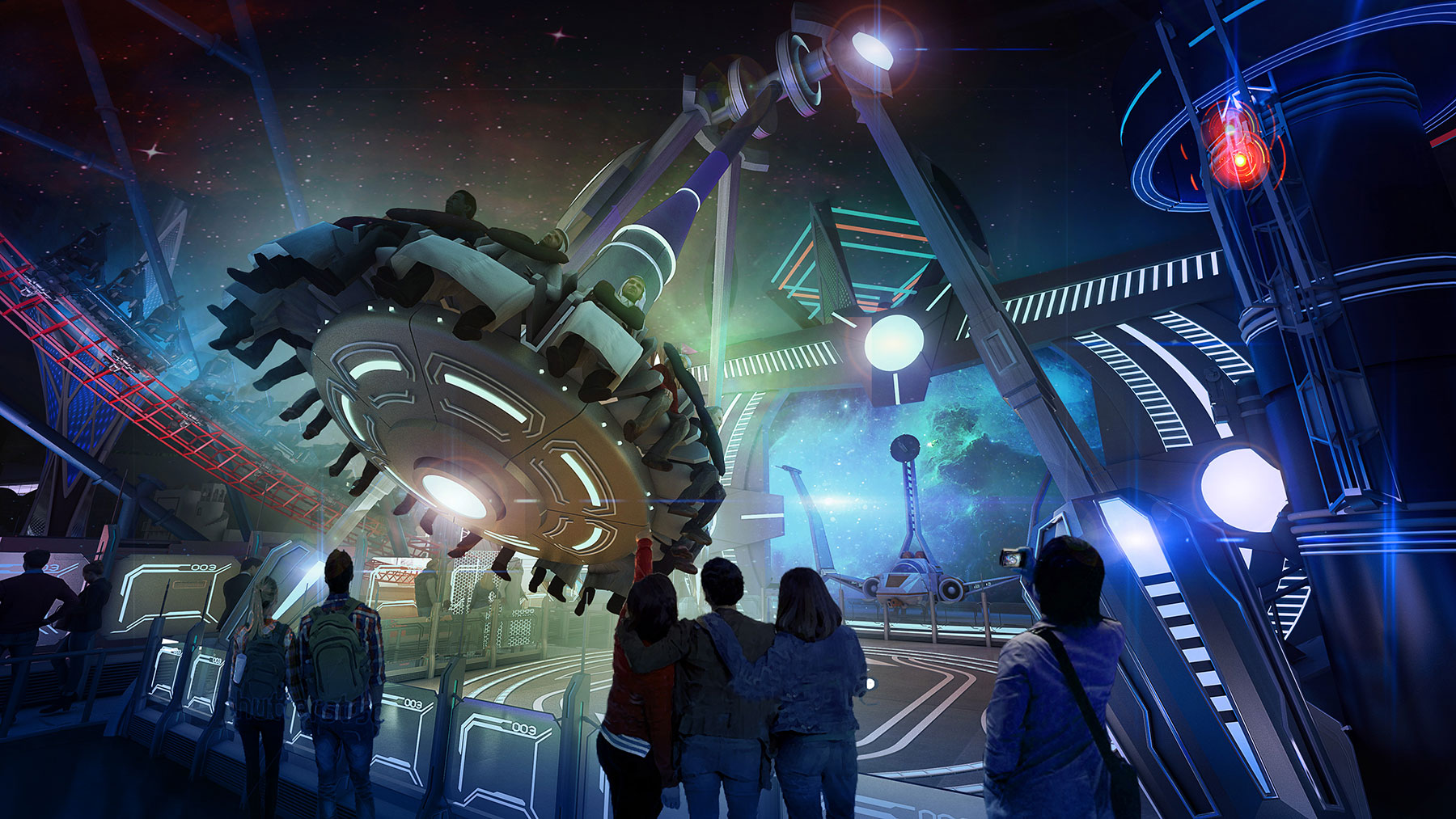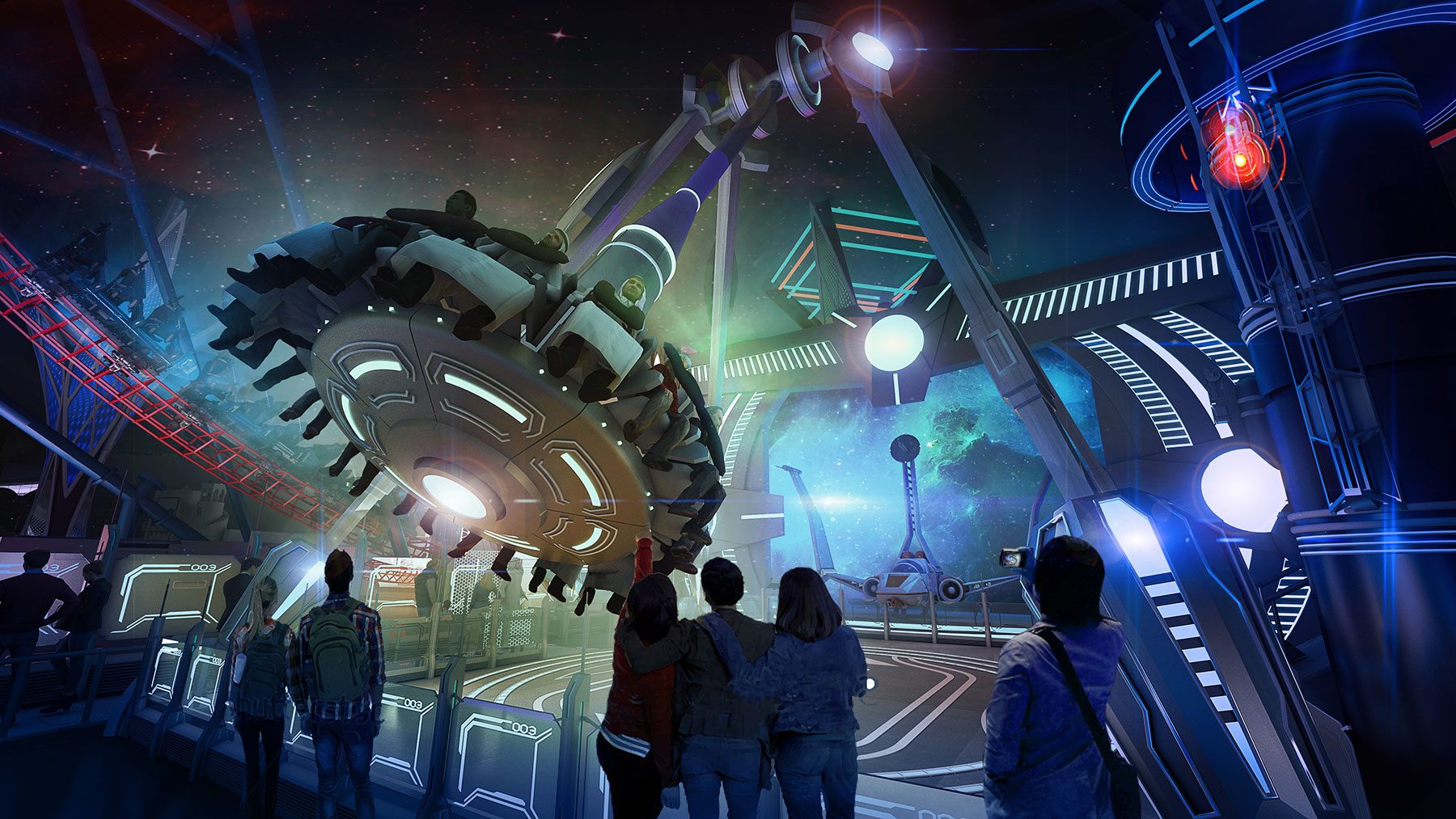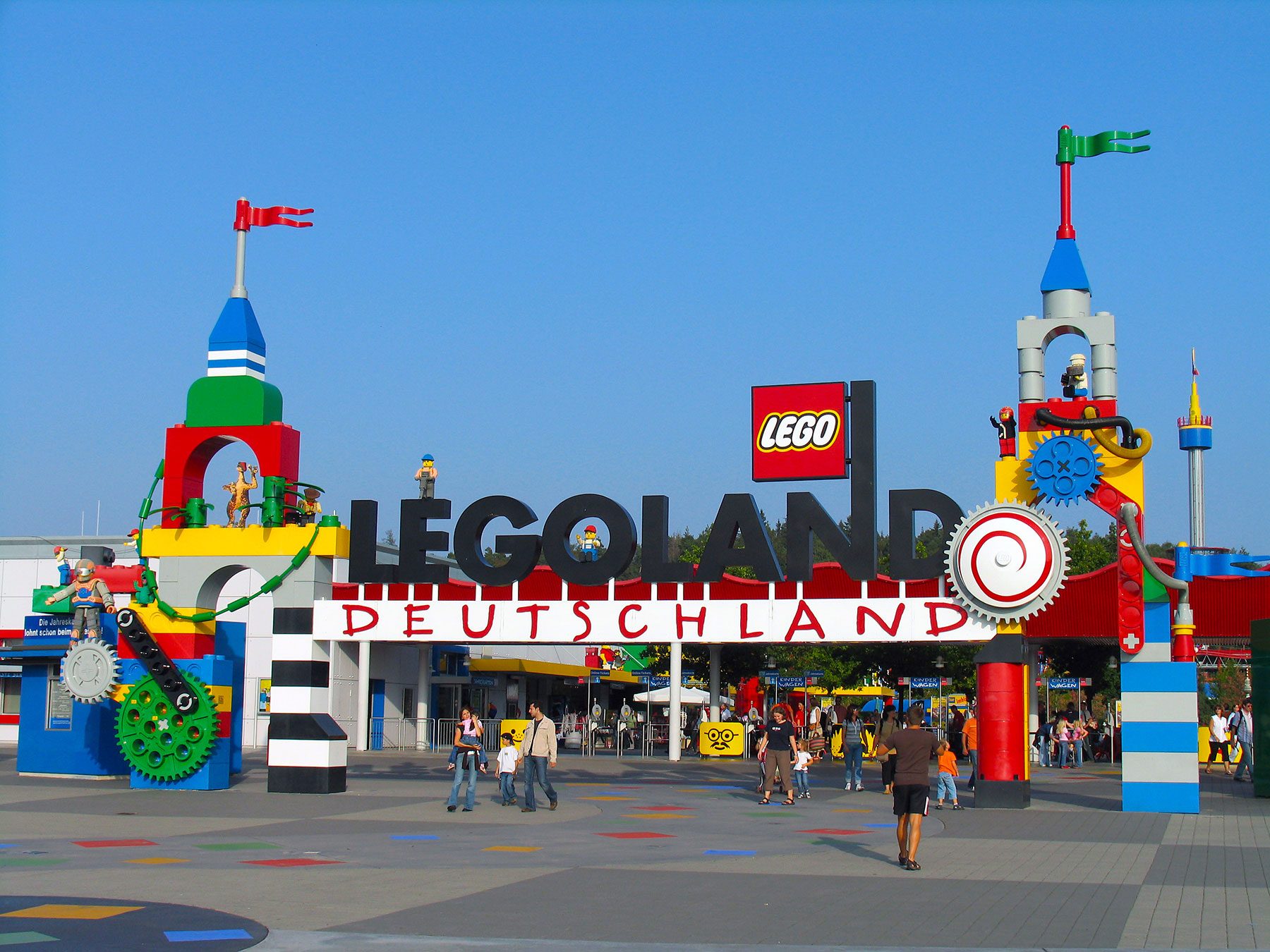Why Theming is Essential for Entertainment Destinations
nFusion’s Rob Wyatt provides an expert perspective on the high demand for immersive environments and attractions at today’s entertainment destinations.
nFusion’s Program Director Rob Wyatt recently shared his insights in Park World Magazine, providing an expert perspective on the heightened demand for immersive environments and attractions at today’s entertainment destinations. Because consumers have so many entertainment options available to them – movies, television shows, and video games, to name a few – entertainment destinations must provide today’s sophisticated guests with highly immersive experiences that justify driving to the park, paying the admission price, and braving the crowd. Theming is central to these experiences.
Highly Immersive Entertainment Destinations
Guests are demanding that the theme or intellectual property (IP) at these entertainment destinations be thoroughly integrated into the park so that they can experience it with all their senses and feel as if they are truly visiting that world. That said, high-level IP theming can require significant capital costs, and there are ways to approach theming in a more cost-conscious manner.
The below originally appeared in Park World Magazine, March 2019:
Consumers have more options than ever. With access to endless entertainment – movies, TV series, games, etc. – available at their fingertips, they are demanding more out of experiences that involve leaving the house, driving 20 minutes or more, paying parking and entry fees, and braving crowds.

Today’s sophisticated themed destination guests expect highly immersive environments which require a complete integration of the facility, creative, and the IP. They want it to feel like they are actually seeing, smelling, tasting, touching, and interacting with the theme.
Utilizing theming to create a strong sense of place – so that when guests walk into an environment, they are transported to Hogwarts or a Galaxy Far, Far Away – can provide the unique sensation of being at a magical destination.
Guests are experiencing themes in new and heightened ways. One of these is through food and drink – a notable example of this being Star Wars: Galaxy’s Edge, opening this year at Disneyland in California. The iconic Cantina will be operating as an actual bar, serving themed alcoholic drinks and colorful milk, which is also a tie to the movie universe.
Developers who cannot afford the highest-level IPs are still finding success through committing to reimagining older, under-utilized IPs in a fresh way. These IPs can present the opportunity to build a completely unique and new way to experience familiar characters and concepts.
We’ve found that theming a destination with its own brand that is uniquely tied to the area and culture where it is located can also be highly lucrative and cut out steep IP costs. An example could be a paradise-themed park in a tropical location, appealing to both local and tourist demographics.

We’re also seeing our clients establishing new ways for guests to experience adventure within their destinations with immersive themes. For example, a theme park client we work with is currently considering park wide gamification.
Our sister company Nassal recently worked with the Jacksonville Zoo on its African Forest Exhibit, which was a prime example of creating an immersive environment and enrichment-focused habitat that directly related to the theme – the animals of the African forests and the story of conservation.
This was achieved through re-modelling an existing containment wall to feature scenic elements – including waterfalls, branches, rockwork, and artificial trees.
A couple current projects for which we are bringing uniquely themed experiences to life are an Indigenous Peoples Experience at Fort Edmonton Park in Canada and the Doha Oasis Theme Park in Qatar.

Photo Credits:
- Crowds Photo by Manki Kim on Unsplash
- Park World Tear Sheet, Courtesy, Parkworld Magazine


